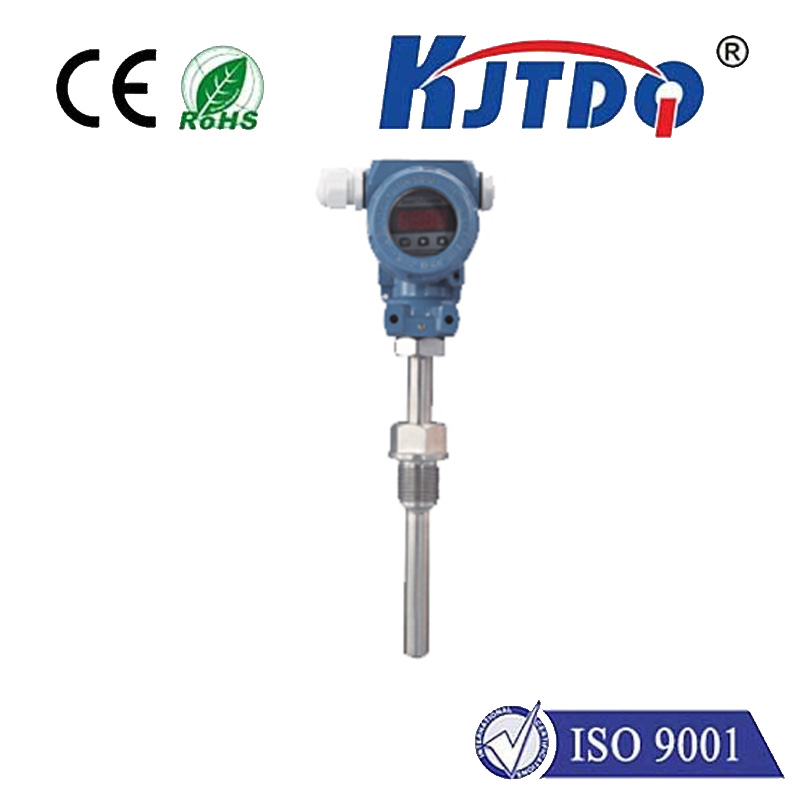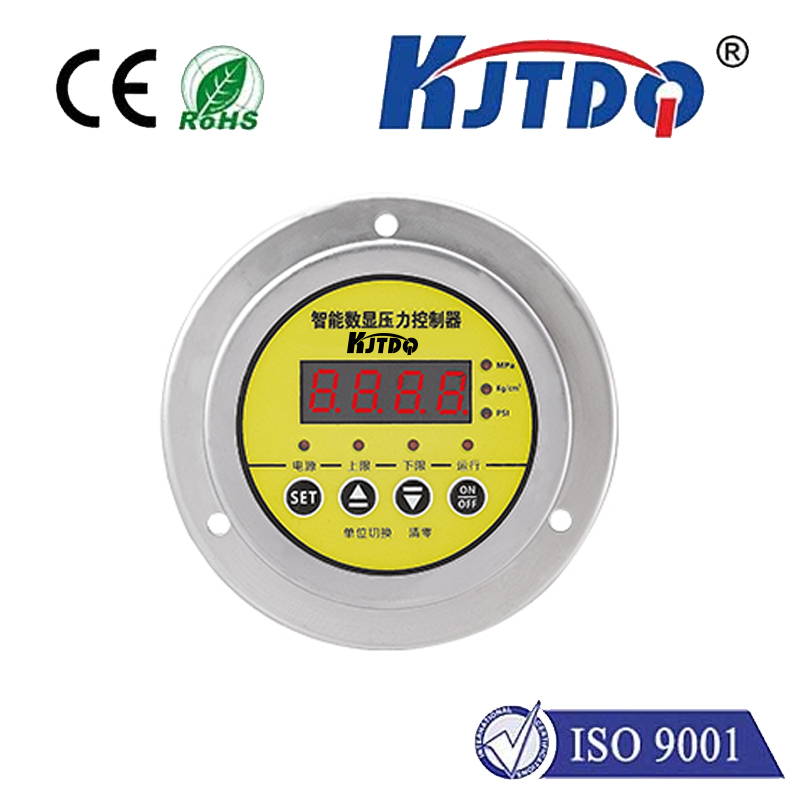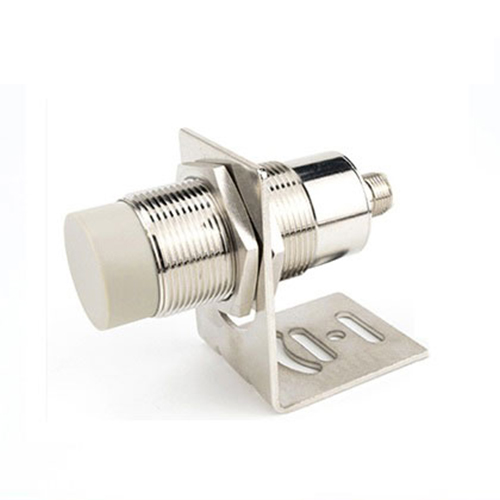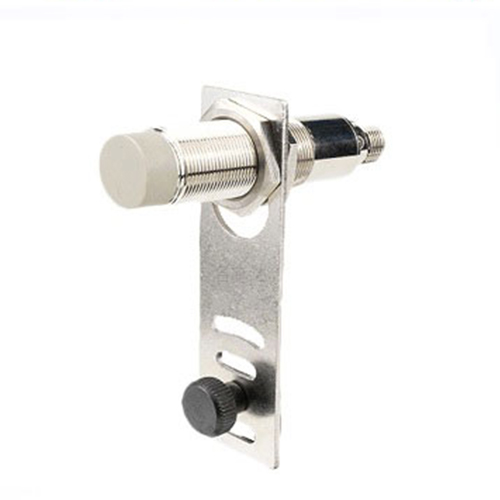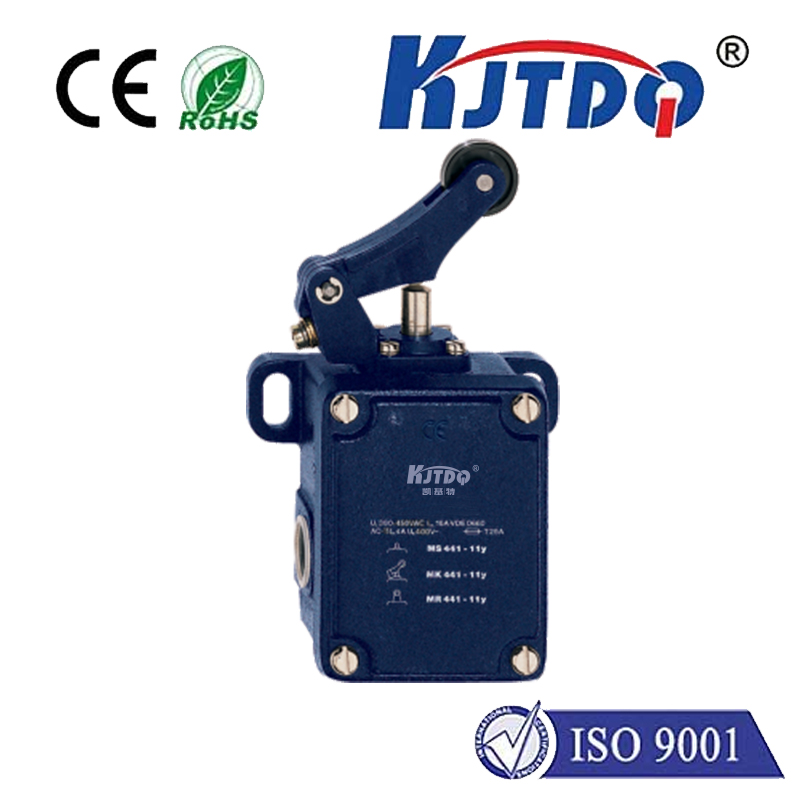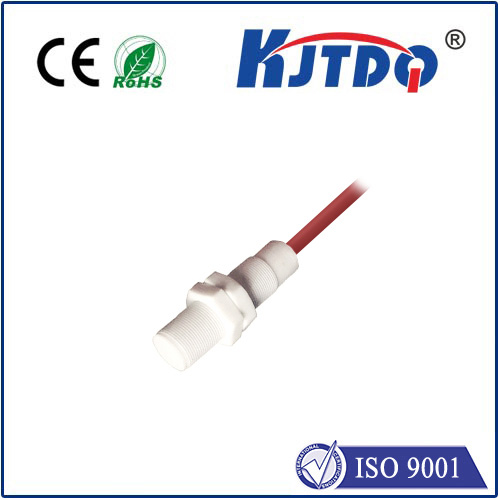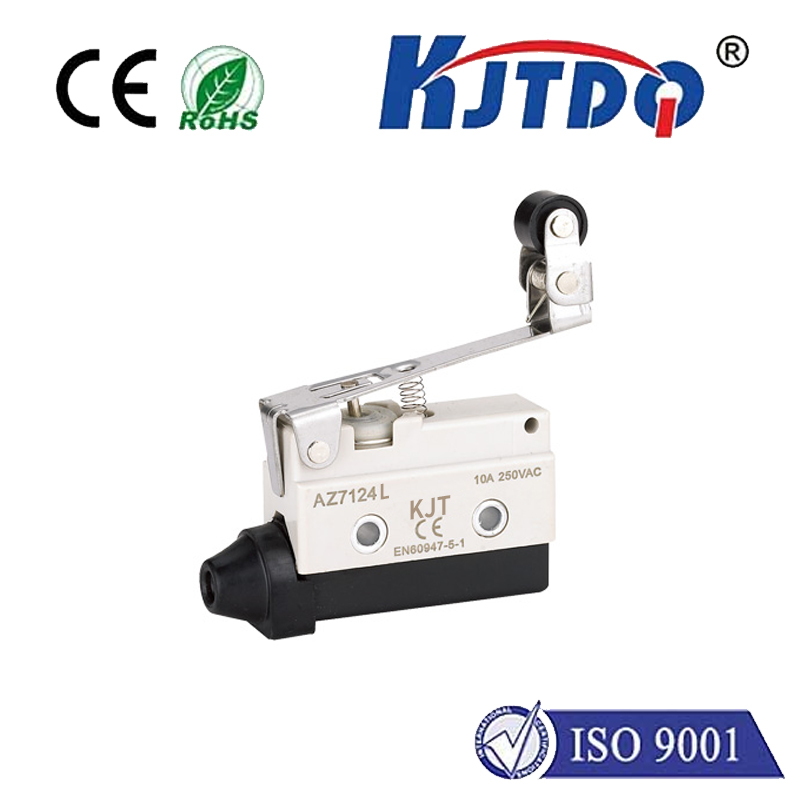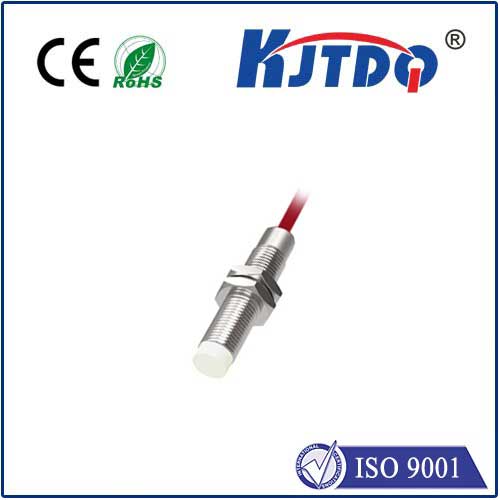

check

check

check

check

check

check

check

check

check

check
A limit switch is an electronic device that is used to detect the presence or absence of an object, liquid level, or mechanical position. It is a fundamental component in industrial automation and control systems, where it plays a crucial role in ensuring the safe and efficient operation of machinery and equipment. In this article, we will explore the basics of limit switches, their types, applications, and how they work.
Understanding the Basics of Limit Switches
At its core, a limit switch consists of an actuator (such as a lever, roller, or plunger) that comes into contact with an object and activates an electrical switch inside the device. When the object moves or changes position, the actuator is triggered, causing the switch to open or close. This change in state can then be used to initiate or terminate various processes, such as starting or stopping a motor, sounding an alarm, or signaling a controller for further action.
Types of Limit Switches
There are several types of limit switches available, each designed for specific applications and environments. Some common types include:
1. Mechanical limit switches: These switches use physical contacts to sense the presence or movement of an object. They are rugged and reliable but may require regular maintenance due to wear and tear over time.

2. Magnetic limit switches: Instead of using mechanical contacts, these switches rely on magnetic fields to detect the position of ferrous metal objects. They offer longer lifespans and reduced maintenance needs compared to mechanical switches.
3. Photoelectric limit switches: These switches use light beams to detect objects without any physical contact. They are highly accurate and suitable for applications where hygiene or cleanliness is essential.
4. Capacitive limit switches: These switches detect objects by measuring changes in capacitance between two electrodes. They are sensitive to both conductive and non-conductive materials and can work through glass, plastic, or other non-metallic surfaces.
Applications of Limit Switches
Limit switches find widespread use in various industries and applications, including:
1. Manufacturing: In assembly lines and packaging machines, limit switches monitor product flow, control robotic arms, and ensure proper alignment during assembly processes.
2. Automation: In conveyor systems and material handling equipment, limit switches signal when items reach certain points, allowing for sorting, diverting, or counting operations.
3. Construction: On elevators and hoists, limit switches ensure proper leveling and prevent overtravel, which could damage machinery or endanger personnel.
4. Hazard detection: In safety systems, limit switches trigger alarms or shut down processes if dangerous conditions arise, such as excessive temperature or pressure levels.
How Limit Switches Work
The operation of a limit switch typically involves three steps: sensing, switching, and signaling. First, the actuator detects the presence or movement of an object within its range. Next, this input triggers the internal switch mechanism, causing it to change from one state to another (e.g., from closed to open or vice versa). Finally, this change in state sends an electrical signal to a control system or other device, which then takes appropriate action based on the input received from the limit switch.
In conclusion, a limit switch is a versatile and essential component of modern industrial automation and control systems. By understanding their basics, types, applications, and working principles, engineers and technicians can effectively integrate limit switches into their designs to enhance productivity, improve safety, and streamline operations.
